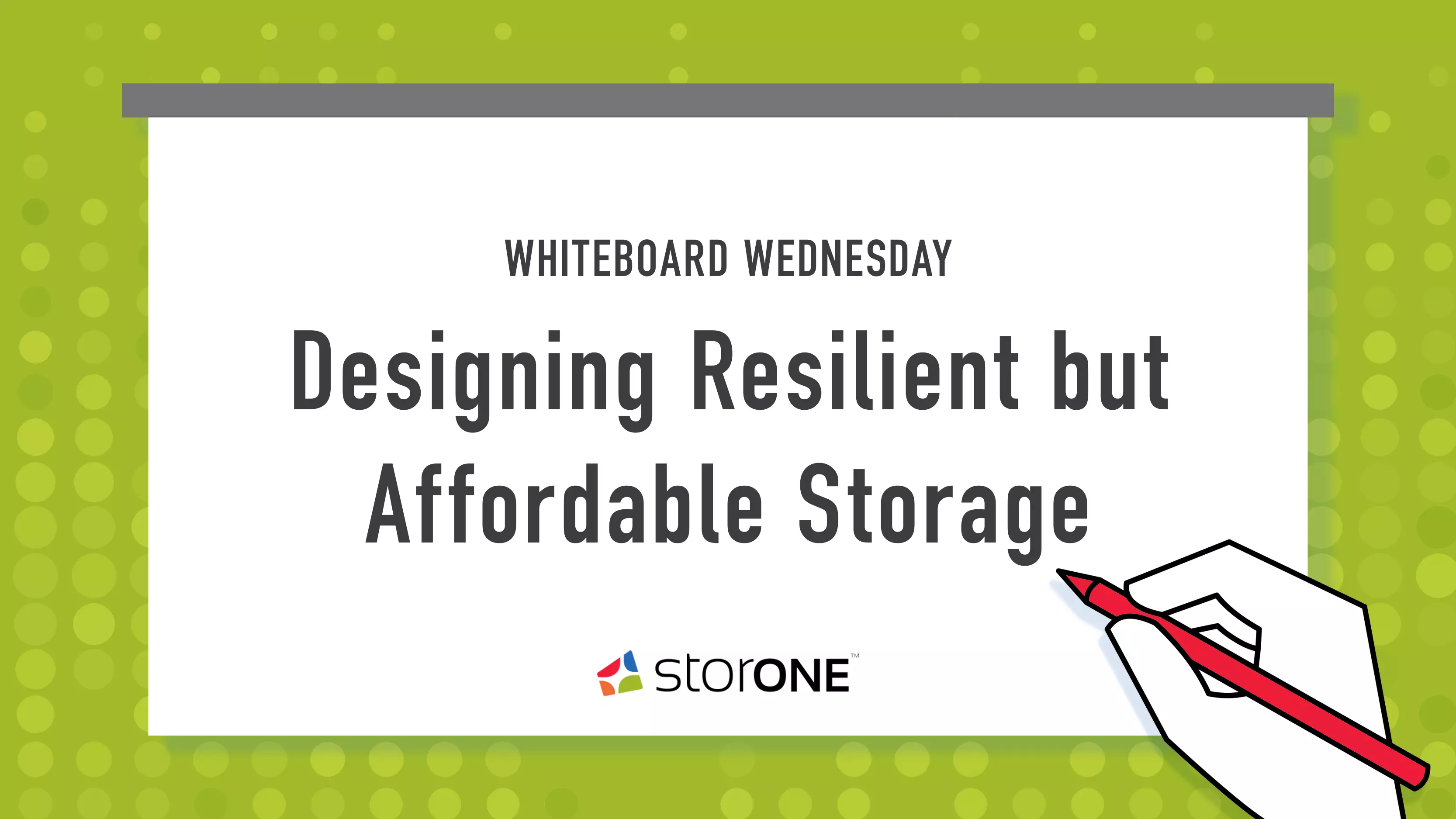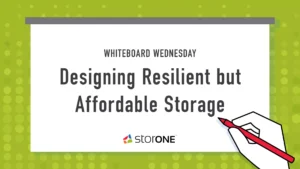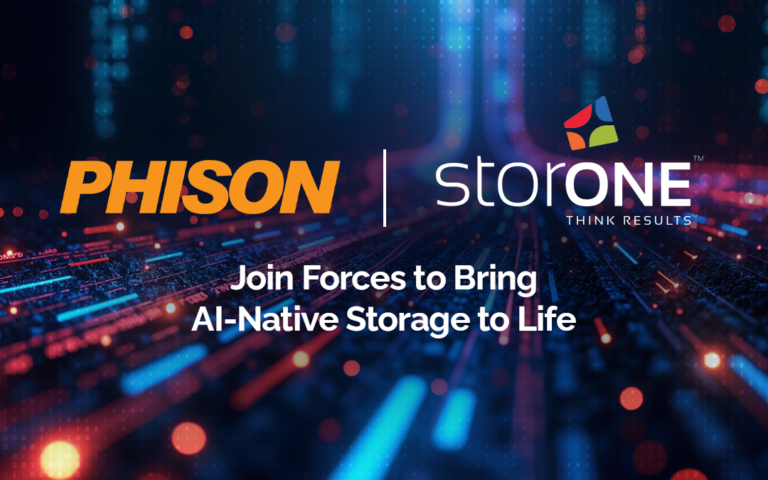The requirements for extreme high-availability create a big challenge for the organization. Creating a highly available storage infrastructure that your organization can afford seems almost impossible. Achieving the goal of an affordable highly-available storage infrastructure requires a flexible storage solution that can deliver various protection strategies across a wide variety of storage hardware.
The Levels of High-Availability
Depending on the organization and even the applications within that organization, there are different high availability levels (HA). Vendors who force a single view of high-availability on their customers assume that all data is created equal. IT planners need to look for storage solutions that can provide just the right level of HA for the organization and its applications.
What is Extreme High-Availability
The highest level of availability is synchronous replication (mirror) between two independent storage controllers. Data is 100% replicated between the two independent systems. Synchronous replication protects these systems from controller failure, media failure that exceeds the RAID redundancy setting, and even disk enclosure failure. Ideally, these systems are also synchronously mirrored to a second metro or campus location and then asynchronously replicated to another site. This critical HA level requires a solution that can replicate, with low latency, to three additional targets.
The challenge with Extreme HA is its expense. The organization needs to budget for three to four times the amount of storage used in the production environment. There is also the additional cost of storage controllers in each location. Many vendors use proprietary server hardware for their storage controllers and price them at a premium. Even though most vendors use the same storage media, they also price it at a premium since all media must come from them. When discussing HA, the solution costs skyrocket quickly. Many of these vendors also charge extra for replication functionality.
Requirements for Affordable Extreme HA
Requirement for Extreme HA #1 – Per Volume HA
One of the first requirements for extreme high-availability is it should not force IT planners to accept HA as an all-or-nothing solution. Again, most organizations have only a few applications that require extreme HA. The storage solution should enable IT, administrators, to select which applications need level I and then mix it with other HA levels more appropriate for less critical applications. Since those less critical applications also need some HA, the solution should provide several forms, including disk enclosure redundancy, storage controller redundancy, and high levels of drive redundancy with a mixture of synchronous and asynchronous replication.

Requirement for Extreme HA #2 – Low Storage Controller Cost
Second, IT planners should also look for solutions that can meet their performance demands using standard off the shelf servers. For example, StorONE, thanks to its efforts in rewriting the storage engine, delivers hundreds of thousands of IOPS at very low levels of latency from mid-range servers.
The StorONE S1 Enterprise Storage Platform’s efficiency means that the servers which become our storage controllers cost about $10,000. Most companies with proprietary storage controller technology charge three to four times that amount. For each extra redundancy, that means you are paying three to four times more than what you should just for the hardware.
Requirement for Extreme HA #3 – Hardware Flexibility
Another of the requirements for extreme high-availability is hardware flexibility. Since, in most cases, a small percentage of the application footprint requires extreme HA, the secondary storage system is smaller than the primary. For example, if the primary storage system is a 500TB all-flash array (AFA) but only has 100TB of mission-critical data, then the IT Planner should size the secondary system at 100TBs.

Many vendors have small capacity systems but will those small capacity systems meet the performance requirements? Most storage systems require dozens of drives to deliver mission-critical class performance. A 500TB system with 8TB drives will have 62 or more drives, and it may need those drives to meet the mission-critical applications’ performance expectation.
A smaller 100TB system may have only 14 8TB drives, but many vendors cannot deliver the performance that the mission-critical application needs with so few drives. StorONE’s new storage engine delivers better performance per drive than our competitors. With our software, a 14 drive system can efficiently provide the performance that these mission-critical applications require.
Requirement for Extreme HA #4 – Multi-Purpose Secondary System
A final requirement is using the secondary system for more than just an HA target. The first scenario is to use the secondary system for some of the production workloads. They are essentially splitting the workloads between the two systems and performing a cross-synchronous replication between the two systems. In this scenario, the organization, can double the number of workloads they support.
Another scenario is to make the secondary system hybrid, a mixture of flash, and hard disk drives. In this use case, the mission-critical volumes would synchronously mirror only volumes to flash so as not to impact performance or latency, but the hybrid volumes can still accept an asynchronous replication of the rest of the primary storage data. The asynchronous replication can store most of its data on the hard disk tier (other than the inbound writes). IT could then leverage our ability to take and retain an unlimited number of snapshots, effectively replacing backup or at least minimizing its importance.
Learn More
Today, thanks to the S1 Enterprise Storage Platform’s efficiency and capabilities, organizations can dial-in the just the right level of availability that their applications need. These decisions can be made per application and don’t need to follow a vendor’s interpretation of what high-availability means.
Join our upcoming virtual whiteboard session, “Designing Resilient but Affordable Storage Infrastructures,” where we will drop the PowerPoint slides and whiteboard all the different resiliency levels. Join us live and get answers to all your data resiliency questions.
Check out our recent webinar “Reducing the Cost of Backup with Better Storage” to learn how to architect StorONE to replace your backup infrastructure.





